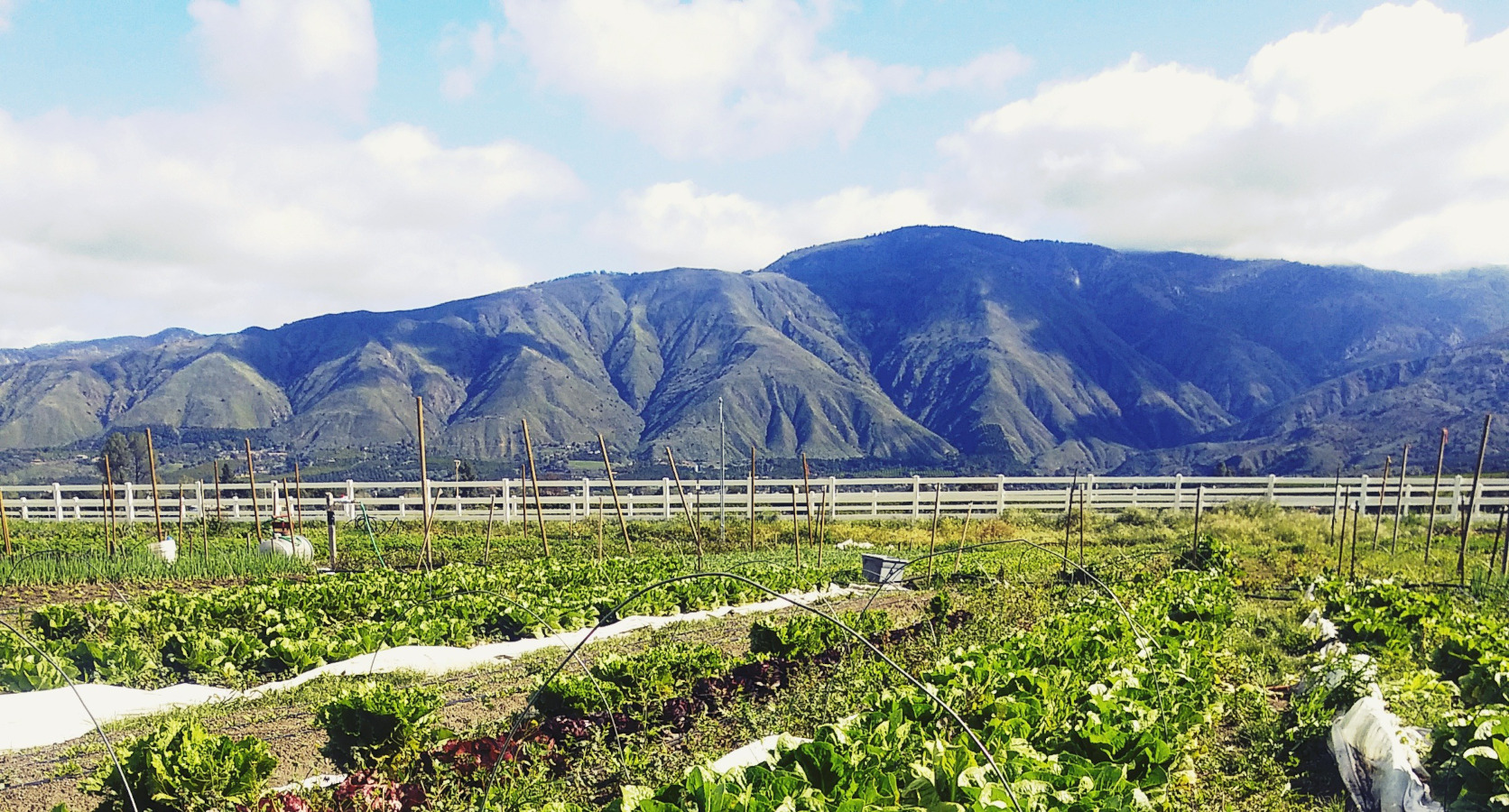The Carbon Sink Demonstration Farm located in San Diego County is working to model how small farmers can implement and benefit from carbon farming practices.
The 87-acre Carbon Sink Farm was formed through a partnership between the cooperative family farm, Solidarity Farms, and the Pauma Band of Luiseno Indians in 2017. The partnership came about after extreme heat in July that year burned and withered much of the Pauma Tribal Farms trees and crops.
“The warning was clear,” Bea Alvarez, the Climate Resilience Project Coordinator at Carbon Sink Farms tells Food Tank. “Start building resilience now or give up on a livelihood derived from agriculture.”
Over the past several years, the farm has invested in a suite of carbon farming practices including cover cropping, bio-char, compost, mulch, no-till, windbreaks and hedgerows, and perennial crop transition. These practices sequester carbon, promote soil health, increase biodiversity, and build land resilience.
While atmospheric carbon dioxide (CO2) is a major contributor to climate change, it is also a resource that can be drawn into the soil to build and nourish living things. “Carbon is the single most important element on which all on-farm processes depend,” says Alvarez.
When sequestered in soil, carbon can act as a sponge and increases the soil’s water-holding capacity.
According to research from the University of California, Davis, grasslands and rangelands offer more reliable ways to sequester carbon in a climate like California, where forests are hard-hit by droughts and wildfires.
Since 2018, the amount of carbon in Carbon Sink’s soil has increased from one percent to four percent. In 2020 Carbon Sink’s soil drew down nearly 600 metric tons of CO2, the equivalent of CO2 emissions released by 80 households in the United States.
In the areas where the farm is utilizing no-till methods, Alvarez reports that Carbon Sink Farms is seeing an increase in plant yield. The vegetables are also better able to withstand extreme weather conditions.
Carbon Sink Farms is also working actively with allies and policymakers to promote carbon farming as a mitigation strategy in their local Climate Action Plan. It aims to cut San Diego’s greenhouse gas emissions in half by 2035. And they are helping local farmers create carbon farm plans and forming a regional network of small farms practicing carbon farming. Every fall, Carbon Sink Farms also offers self-guided tours to help consumers recognize the role they can play in climate change mitigation.
“Large or small, all farms play a significant role in mitigating the effects of climate change,” Alvarez tells Food Tank.













